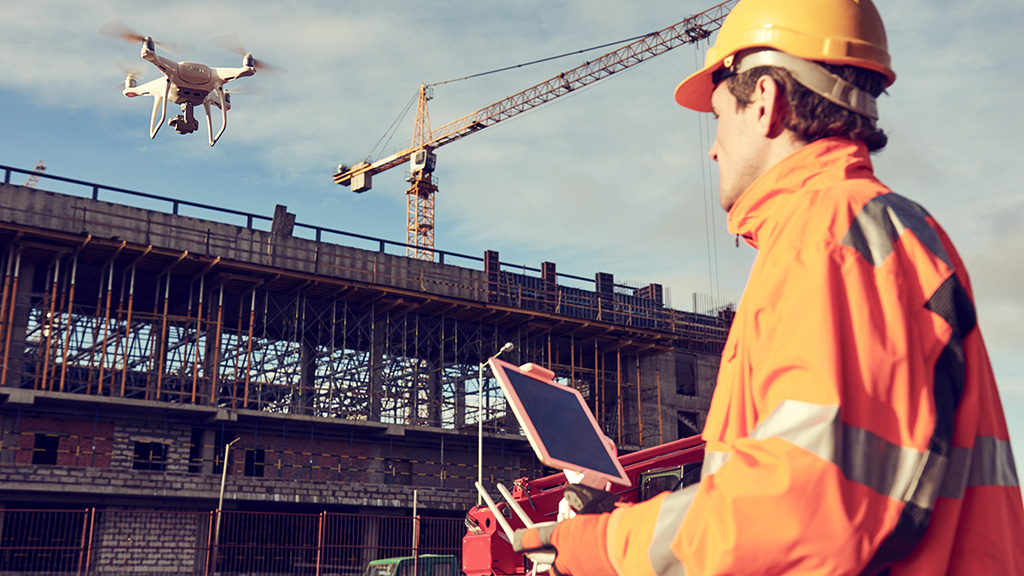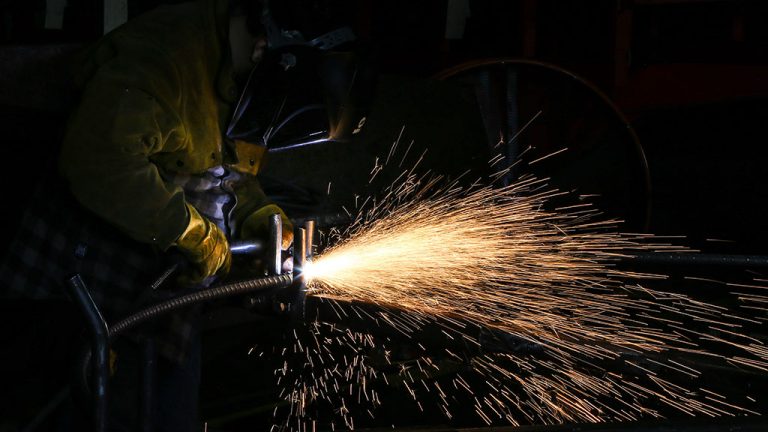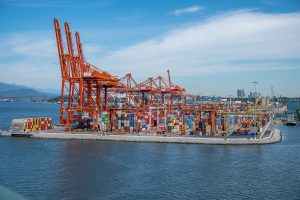Time is money. It’s a cliché but a constant in the construction sector.
The question is, can technology speed up the process once shovels get in the ground and more importantly can robotics ultimately cut costs and counterbalance the shortage of skilled trades?
Technology and robotics are increasingly being deployed in the construction sector but it’s a long way from mainstream.
From drones programmed to record site progress, map out terrain and boundaries, automated machines to build brick and block walls, lay paving stones, 3D printing using pumped concrete, robots to mud and tape drywall, robotic “dogs” that patrol sites to record progress, provide security and more.
Then there are demolition robots, rebar tying robots, exoskeletons and factories where robots churn out panels for modular homes and offices.
These machines already exist and are being used daily around the world and, to some extent, in Canada.
Mary Van Buren, president of the Canadian Construction Association, says we’ll see more and more of it driven by concerns over shortage of labour supply and the drive for efficiency.
There will still be a need for humans in the mix, she says, but a robot programmed to repetitive tasks works faster and longer.
“With a workforce shortage and the pandemic, they’re not all doing human work, they’re complementing humans. Even in hotels, you order room service and a robot brings it to you,” she says.
The knowledge transfer from those sectors to construction is inevitable and as new generations familiar and comfortable with technology move through the ranks of the sector, there’s less resistance and more willingness to innovate.
“We’re involved with U15 (a group of 15 Canadian Universities) and when I looked at their website there were more than 200 projects involving robotics,” she says, noting this push in research and development is going to manifest on sites.
Some companies, like Pomerleau, are testing a robotic dog, Spot, built by Boston Dynamics. Originally created for the U.S. military, the civilian version has a 360° camera and monitors progress onsite.
It feeds into a software platform that provides day to day, or week to week, month to month progress details. These in turn map into 3D modelling for step-by-step verification.
Boston Dynamics says Spot has replaced the 20 hours a week a human employee spends on the tasks at a typical 500,000 square foot site. That was just the first month, says Boston Dynamics, with Spot streaming 5,000 images a week which is also automated, further saving human labour loading and cataloguing them.
Further, Spot works nights and weekends with no breaks, except for a battery change. Current enhancements include a Trimble laser scanner.
Over at the Bruce Nuclear facility where a massive $25-billion, multi-year refurbishment is ongoing through 2060, robots are about to be deployed to insert the calandria tubes and then the fuel tubes themselves which sit inside them.
Work with the machines will begin next spring with ATS Automated Tooling Systems based in Cambridge, Ont. supplying the machines. There will be two machines and the plan is to take small steps deploying robotics in the refurbishment.
Ultimately they expect to save up to 50 per cent in costs through accelerating the repetitive process of inserting the tubes.
In some ways, the burgeoning deployment of robotics and AI in construction may create issues of its own, Van Buren adds. The recent pandemic coupled with a jammed Suez Canal and bottlenecks at container ports showed how quickly supply chain disruption can ripple through an economy.
Similarly, robotic machines have an insatiable appetite for materials to process if they are to be cost efficient.
And that’s a two-pronged problem. One, the construction sector needs steady and sustainable materials, a demand that grows with automated processes. Two, delays in green lighting pipelines or waiting for zoning approvals only serve to stall projects.
“It requires predictability in the entire supply chain,” she says, both the soft components such as approvals and the material supply themselves.
The labour supply issue may be somewhat resolved by robots but there will still be a need for a human factor.
“We need 25 year horizons and we need to better partner with the provinces and the municipalities to stop the boom and bust cycle with better planning to become more efficient.”
Even as existing technology inches forward, Carl Haas, professor at the University of Waterloo’s Civil and Environmental Engineering department, is looking further into the future and says the trend he’s seeing is augmented reality in construction.
His work focuses on technology in construction and, for example, pioneered RFID to track inventory onsite and developed 3D imaging to create digital models of structures to automatically track progress during construction.
He says virtual reality (VR) allows an inside look at a project. Layering other technology like AI and robotics opens up new worlds, he says, noting he’d just seen a concept of robots to inspect, diagnose and repair train rolling stock.
“VR can augment planning of critical factors, make construction and maintenance more efficient,” he says.
He doesn’t see things like exoskeletons taking off, however, and adds robotics, even combined with other technologies, isn’t a panacea or magic wand.
“There’s a person inside, there’s so much to go wrong,” he cautions.
While robots are efficient and productive when all goes well, they don’t do well when they encounter something outside of their programming, such as a buried rock or some other obstacle.











Recent Comments